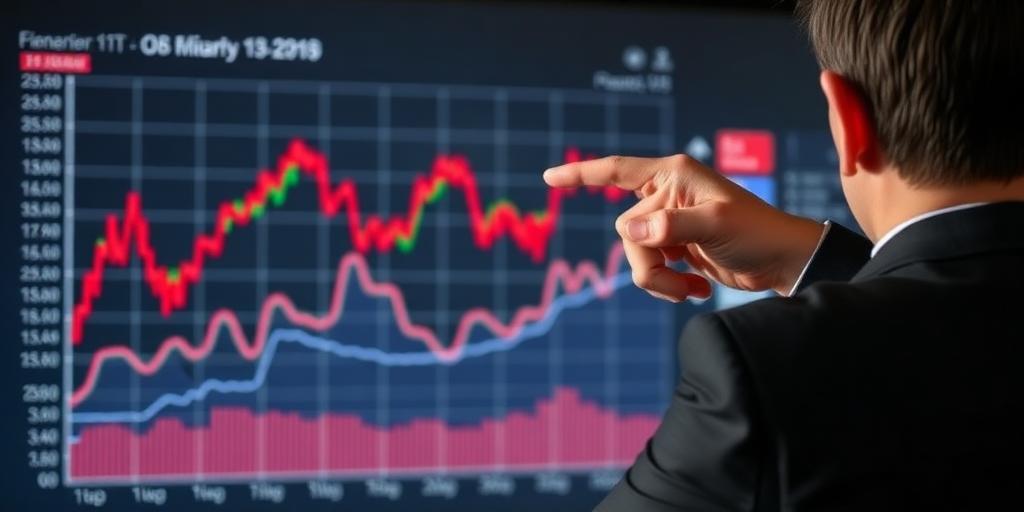Self-Serving Bias: Taking Credit for Wins, Blaming the Market for Losses
In the realm of behavioral psychology and finance, the self-serving bias stands out as a pervasive cognitive tendency. It's the inclination to attribute successful outcomes to our own abilities and efforts, while blaming external factors for failures. This bias can significantly distort our perception of reality, impacting decision-making in various aspects of life, from personal relationships to investment strategies.
Understanding the Self-Serving Bias
At its core, the self-serving bias is a mechanism that protects our self-esteem. It allows us to feel good about ourselves when things go well and to deflect blame when things go wrong. This bias is not necessarily a conscious or deliberate act; rather, it operates subtly, influencing how we interpret events and assign causality.
Examples of Self-Serving Bias
- Investing: A trader might attribute profitable trades to their astute market analysis skills, while blaming losses on unexpected market volatility or manipulation.
- Sports: An athlete might credit their victory to hard work and talent, but attribute a loss to poor refereeing or bad luck.
- Workplace: An employee might take full credit for a successful project while attributing a failed project to inadequate resources or uncooperative colleagues.
- Relationships: Individuals may attribute the success of a relationship to their own understanding and caring nature, while blaming conflicts or breakups on the other person's flaws.
Impact on Decision-Making
The self-serving bias can have several negative consequences on decision-making:
- Overconfidence: By consistently attributing success to internal factors, individuals may become overconfident in their abilities, leading to excessive risk-taking and poor judgment.
- Lack of Learning: Blaming external factors for failures prevents individuals from learning from their mistakes and identifying areas for improvement.
- Impaired Relationships: In personal and professional relationships, the self-serving bias can lead to misunderstandings, conflict, and resentment, as individuals fail to take responsibility for their actions.
- Poor Investment Decisions: In the financial markets, the self-serving bias can result in irrational investment decisions, as individuals overestimate their ability to pick winning stocks and underestimate the role of chance.
Mitigating the Self-Serving Bias
While the self-serving bias is a natural human tendency, there are several strategies that can help mitigate its effects:
- Seek Objective Feedback: Actively solicit feedback from trusted sources who can provide an unbiased assessment of your performance.
- Practice Self-Reflection: Take time to reflect on your actions and decisions, and consider alternative explanations for both successes and failures.
- Focus on Controllable Factors: Concentrate on the factors that are within your control, such as effort, preparation, and strategy, rather than external factors that are beyond your influence.
- Embrace Humility: Recognize that success is often the result of a combination of factors, including luck, timing, and the contributions of others.
- Keep a Journal: Regularly document your decisions, actions, and outcomes, along with your thought processes and assumptions. This can help you identify patterns of self-serving bias and challenge your own attributions.
Conclusion
The self-serving bias is a powerful cognitive distortion that can significantly impact our perceptions, decisions, and relationships. By understanding this bias and taking steps to mitigate its effects, we can make more rational choices, learn from our mistakes, and foster healthier relationships. Recognizing the role of both internal and external factors in shaping outcomes is essential for achieving personal and professional success.









